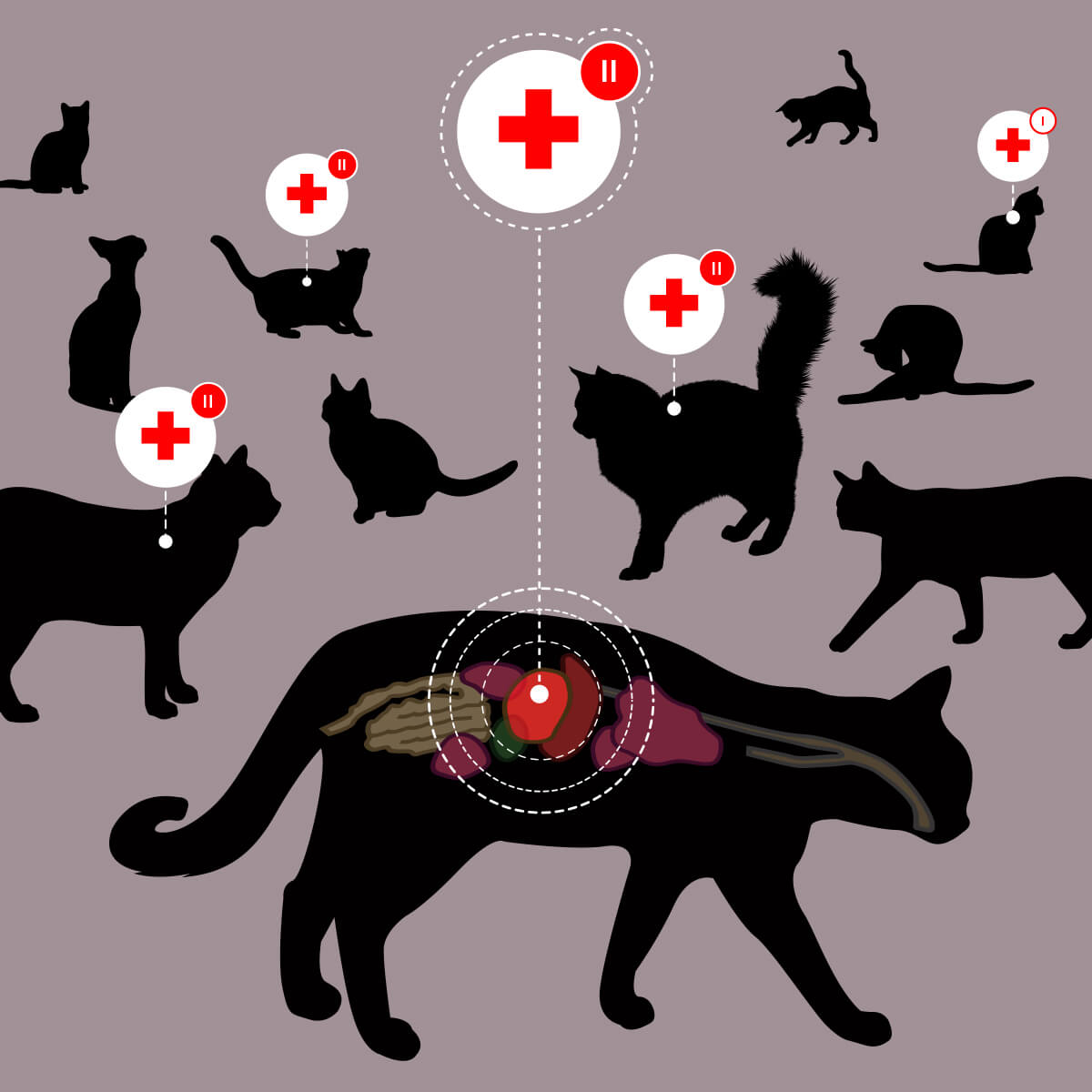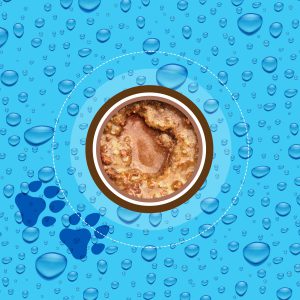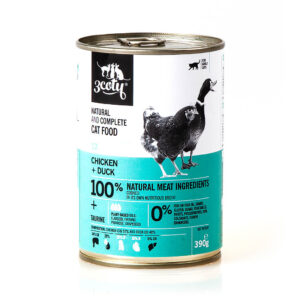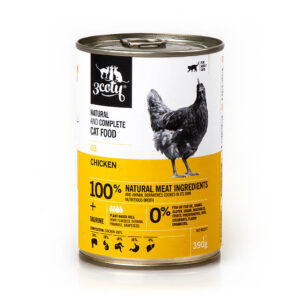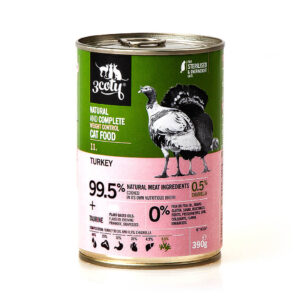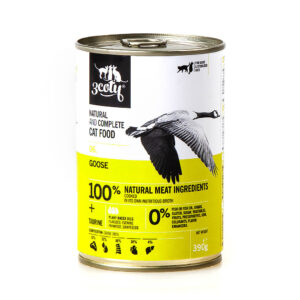We have been working directly with a number of owners of diabetic cats. A condition, most people think only affects humans – but diabetes happens in cats as well. Owners can only help their pets to live long, healthy lives if they know how to promote health and prevent and if necessary, manage the disease.
Prevention is the key, and some cats are diagnosed rather late. We would like to share some basics with you. It is our mission to enable all owners to shift their cat family lifestyle to enjoy their healthy and happy cats for as long as possible.
Cats were domesticated around 7500 BC, which is not so long ago compared to other home animals and pets. Throughout the centuries of living with or close to humans, their lifestyle changed considerably to indoor life. This led to decreased physical activity. Cats no longer have to hunt to get food, in most cases, they are fed. Not only do they not have to make an effort to catch their food, but their diet changed from low carbohydrate, high protein to high carbohydrate, low protein composition.
Most animal health professionals believe those changes are responsible for the big increase in cats’ obesity and type II diabetes.
Diabetes is quite a complicated disturbance in the metabolism and regulation of blood sugar levels. It is connected to two substances that we have all heard about – Glucose and Insulin – and their biochemical and physiological relationship.
What is Glucose?
In chemical terms, glucose is a monosaccharide or so-called simple sugar. Plants make most of them from water and carbon dioxide during photosynthesis using solar energy. Glucose is also the main source of energy for many organs in the body incl. brain or muscles. When it is not used straight away, the body stores it mostly in the liver, in form of glycogen. In humans as well as in cats glucose is transported in the blood where it is called blood sugar. It travels with the blood to body cells which use it as a source of energy.
So, this is what we need sugar for – to keep our cells running. When our cells have fuel, our organism has fuel to live. However, just getting to the cell in the bloodstream is not enough. That glucose somehow needs to get inside the cell to be used as fuel. To be able to “enter” the cell, the cat’s body uses Insulin, a hormone produced in the pancreas. It is the “key”, which unlocks the “door” to our cells.
In diabetes, this relationship between cell, sugar and insulin does is not work properly.
In Type I diabetes, the production of insulin in the pancreas is disturbed and there is not enough insulin in the blood when it has a high glucose level. This type of diabetes is very rare in cats.
More common, and responsible for over 90% of diabetes in cats is Type II diabetes. This is very similar to human Type II diabetes. The major defect here is so-called insulin resistance. In this case, the cells do not respond to insulin properly.
Diabetes Type I and Type II
So in general terms, diabetes is related to a malfunction of the sugar/insulin influence on the body. But what is the reason for this? Where this malfunction comes from?
As mentioned above, Insulin is produced in the pancreas. When it does not produce enough or none at all, we have Type I diabetes. Different factors can cause Type I diabetes, all related to some kind of pancreas malfunction and we cannot “repair” it. The factors could be genetic, viruses or e.g. cancer. When type I occurs, then the only way to treat it is to keep the blood sugar levels appropriate, by managing insulin and diet.
Type II diabetes is connected with a bad response to insulin by the cells. So-called insulin sensitivity in a diabetic cat is approximately 6 times lower than in healthy cats. Its cause can be genetic but, in most cases, it is very much related to diet and physical activity. There are some cat breeds that tend towards type II diabetes more than others. This suggests that it might also be a genetic predisposition. But the most important key factor is diet and, in many cases – low physical activity, especially with cats which are bred to only live indoors.
More and more diabetic cats
Type II diabetes in cats is increasing in alarming numbers. To understand why it happens we have to go back to the basics of what kind of animal a cat is. Among all animals which live with us humans, cats are THE ONLY obligate carnivores. In simple words, what it means is that cats eat meat, and we tend to forget, they should eat meat and ONLY meat.
It seems that the biggest factor that causes such a high number of diabetic cats of all breeds living with us, is too much consumption of sugar/carbohydrates and the huge change in cat lifestyle. Cats’ bodies need sugar so there has to be some level of blood sugar. The body will do anything to maintain the right amount of sugar in the blood as this is essential to life. It will even break muscle tissue to do it. This is why quite often we see the first symptom of diabetes is that cats lose weight and, in some cases, significantly.
It does not mean that cats cannot digest carbohydrates, they can and surprisingly efficiently. But their main source of energy source is not carbohydrates.
Because of their evolution, cats developed several digestive adaptations. Their absorption of carbohydrates reflects their obligate carnivore nature. Cats by nature, possess only very limited carbohydrate digestion. They just don’t produce enough enzymes dedicated to metabolizing carbohydrates. So, although cats can digest carbohydrates, they cannot metabolize them into useful fuel. Evolution has adapted the cat’s metabolism to a diet mostly composed of animal tissue. We all know that – cats used to hunt small prey, rodents and birds and in nature, they eat food high in protein, moderate in fat and only minimal amounts of carbohydrates.
Concluding from the above is that a slight change in cats eating and living behavior can have a huge impact on the likelihood of a cat developing type II diabetes. Feline obesity increases the risk of diabetes by 4 times and over 60% of obese cats will become diabetic over time. The good news is that insulin resistance induced by obesity in cats is reversible after correcting the body weight. So, one of the major therapy factors is to reduce body weight which in most cases is related to diet change.
Early warning signs
Below are a couple of simple steps that any cat owner should take to prevent or help their cat in pre-diabetes or early stages of diabetes. Of course, you should consult your vet to fully understand your cat’s health situation. They may take blood and urine tests based on which, you will learn how serious the situation is.
– Observe your cat and if you see that it is gaining weight – a red light should come on
– Increased thirst and urination, could be the first sign of problems
– If you use commercial food, please read its label carefully
– If you use dry food, change to wet food but one which is low in carbohydrates. Check the sugar content. If there are carbohydrates, ensure they are complex ones and include dietary fibre which helps manage body weight
– Start to play with your cat much more. We tend to forget that cats in the wild should hunt for their food. They used to have much more physical activity than they have now. Try to move them from your couch and get some exercise. Just like with people – if you start getting fat, the first step towards improvement is to get some activity.
– Don’t leave food available for your cat for the whole day !!! A Cat should eat 3, max 4 times a day, portions sized dependant on breed and activity.
– Don’t give them any treats or if you have to, use those that have no carbohydrates and sugars
– Check the weight of your cat and if possible, retake the blood-test after some time. If you see weight and blood sugar going down – you are on the right track!
Treating Diabetes
If your cat has already developed an early stage of diabetes the main goals of treatment are:
– Restoring normal blood glucose concentrations
– Stopping or controlling weight loss
– Stopping or minimizing signs of increased thirst and urination
– Avoiding inappropriately low blood sugar due to treatment (hypoglycaemia)
There are two forms of diabetes therapy:
Insulin Therapy
Injectable insulin is a mainstay of treatment for feline diabetes. Unlike humans with Type II diabetes, oral medications to reduce blood sugar such as glipizide have not shown to be consistently effective in diabetic cats.
Dietary Therapy
A diet low in carbohydrates can improve blood sugar regulation in diabetic cats. For cats who are overweight when diagnosed with diabetes, slow, controlled weight loss under the close monitoring of a veterinarian is very important to achieve better control over blood glucose levels.
Living with a diabetic cat?
Once diabetes fully develops, it can only be managed not cured. Correct intervention at the early stages of type II diabetes means that management could be achieved by the proper diet before expensive veterinary intervention is needed. If controlled well, you and your cat can live a long and happy life together. We have already helped a number of diabetic cats, whose diabetes has been managed with our food for over a year.
In the long run, it is usually cheaper to feed your cat proper food, even if it seems expensive at the time. Food with the wrong balance of ingredients may be cheaper but could result in high vet bills later – and the knowledge they could have been prevented with a better diet.
At 3coty® we base our products on meat and very low content of carbohydrates but different products in our range have higher or lower energy values. If your cat is obese and/or in the early stages of diabetes you should choose the one with the lowest calorie value. That way you not only help control diabetes but you also start to control your cat’s weight.
Obesity, as mentioned, is the biggest factor that leads to diabetes and the sooner we start to control it and push our cat’s weight down the sooner we prevent diabetes in the future.
Owners can only help their pets to live long, healthy lives if they know how to promote health and prevent disease. Our mission is to enable all owners to shift their cat family lifestyle to enjoy their healthy and happy cats for as long as possible.
